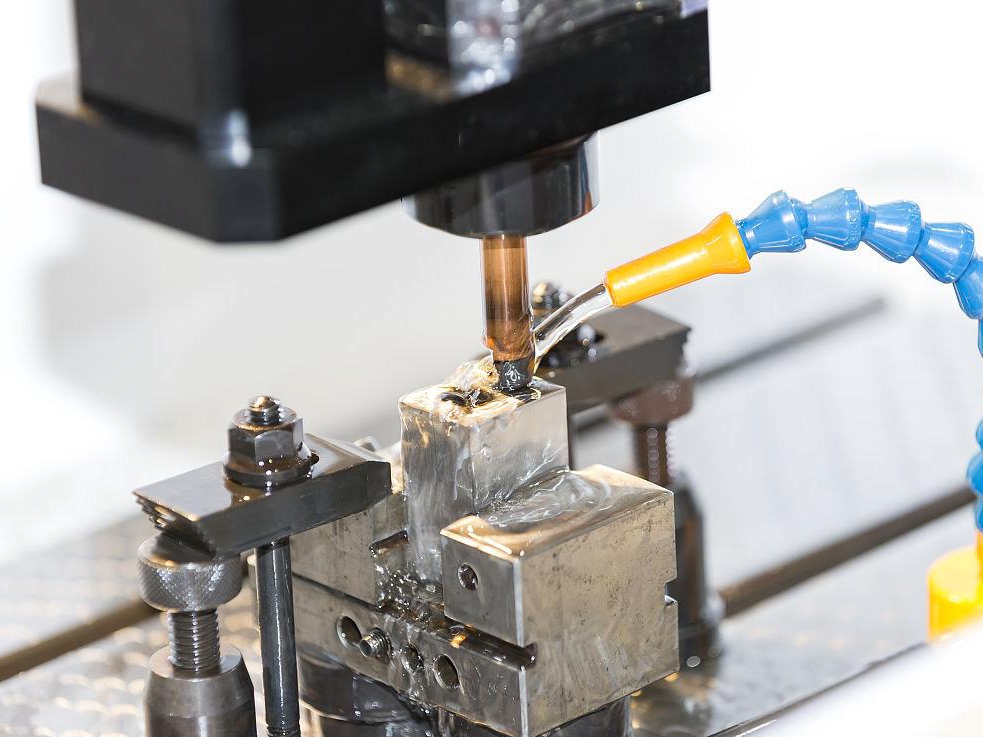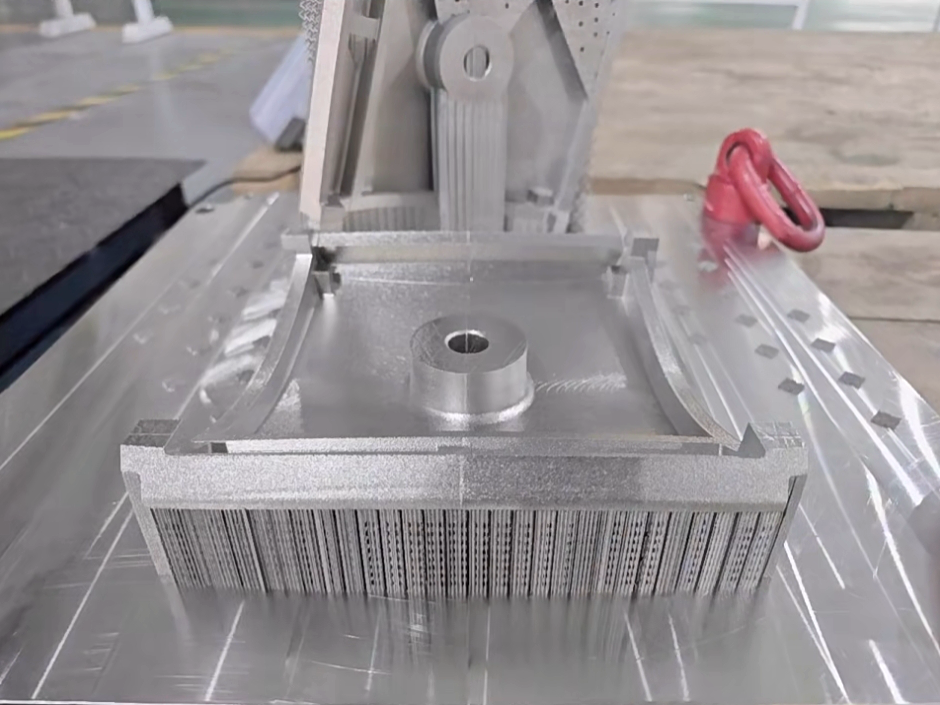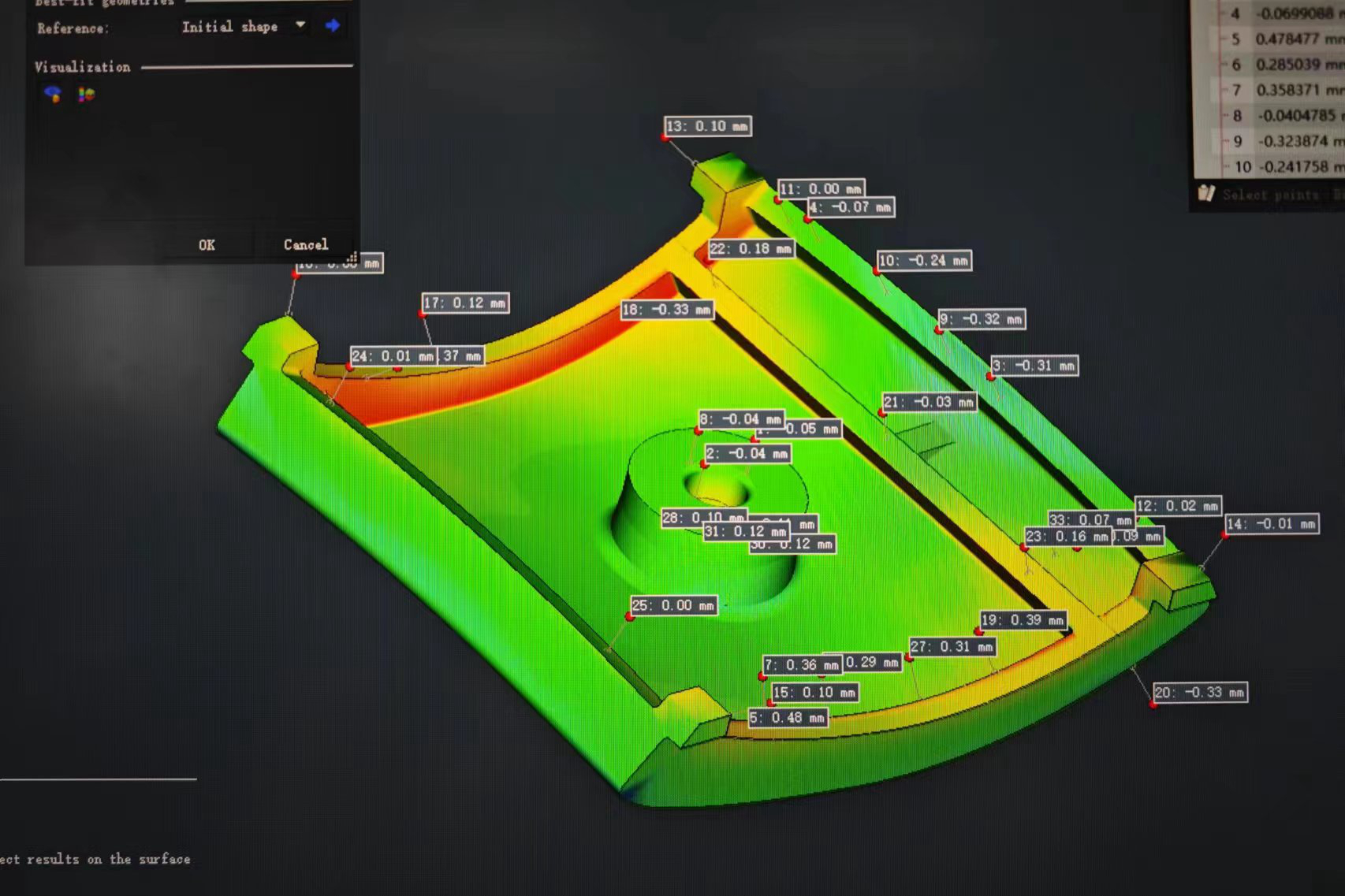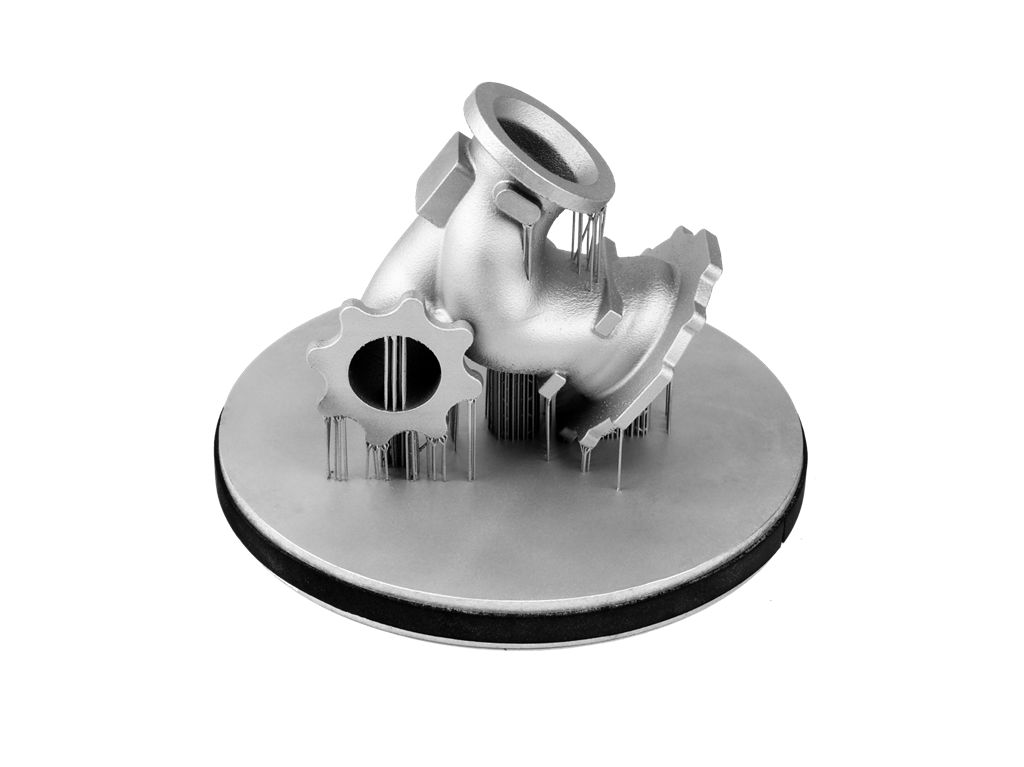How Does EDM Machining Achieve More Complex Structure On 3D Printed Parts?
 Electrical Discharge Machining (EDM) is a highly versatile machining technique that excels in producing complex structures with high precision. When combined with 3D printing, EDM machining enables the creation of intricate geometries that would be difficult or impossible to achieve with traditional machining methods. This blog will explore how EDM machining enhances 3D printed parts, enabling the fabrication of complex structures that meet industry demands for precision and performance.
Electrical Discharge Machining (EDM) is a highly versatile machining technique that excels in producing complex structures with high precision. When combined with 3D printing, EDM machining enables the creation of intricate geometries that would be difficult or impossible to achieve with traditional machining methods. This blog will explore how EDM machining enhances 3D printed parts, enabling the fabrication of complex structures that meet industry demands for precision and performance.
What is EDM Machining?
EDM is a non-contact machining process that uses electrical discharges to remove material from a workpiece. These discharges generate localized heat that melts and vaporizes the material, allowing for precise material removal. Unlike traditional machining, EDM does not apply mechanical forces, which minimizes the risk of material deformation or stress. EDM is beneficial for machining hard materials such as titanium, Inconel, and tool steels, making it an ideal complement to 3D printing for achieving complex geometries with high precision.
How EDM Achieves Complex Structures on 3D Printed Parts
When applied to 3D printed parts, EDM enhances the structural complexity of the final component by enabling detailed features and precise finishing. Here’s how EDM achieves more complex structures:
1. Non-Contact Process for Intricate Features
One of the key advantages of EDM is its non-contact nature. Since EDM uses electrical discharges to remove material instead of physical cutting tools, it can machine intricate features, including internal cavities, undercuts, and delicate thin-walled structures, without the risk of distortion or cracking. For example, parts with complex geometries, such as fuel injectors or turbine blades, can be achieved without the limitations of traditional cutting methods.
2. Fine Tolerance and Detail on 3D Printed Geometries
3D printed parts often have rough surfaces and internal structures that need further refinement. EDM machining can improve the surface finish of these parts while maintaining the integrity of their complex geometry. EDM can achieve tolerances as fine as ±0.002 mm, ensuring that 3D printed parts meet strict dimensional requirements. This is particularly beneficial when working with parts produced by additive manufacturing technologies like Selective Laser Sintering (SLS) or Direct Metal Laser Sintering (DMLS), which often require post-processing for fine details.
3. Ability to Machine Hard-to-Reach Areas
3D printed parts often feature internal cavities or complex channels that are difficult to access with traditional machining tools. EDM's small, controlled discharges can reach these areas and remove material with precision, allowing manufacturers to create internal geometries and features that are impossible with conventional methods. For example, using EDM, cooling channels within turbine blades or medical implants can be machined with the desired shape and size.
4. Achieving Complex Geometries in Hard Materials
One of the greatest strengths of EDM is its ability to machine hard materials that are difficult to work with using traditional machining methods. Materials such as Inconel 625, titanium alloys, and stainless steel are commonly used in high-performance applications and can be effectively machined by EDM, even when 3D printed. This capability allows manufacturers to create highly complex parts with exceptional strength and resistance to heat and wear, which are essential in industries like aerospace, medical, and automotive.
5. Enhanced Surface Finish on 3D Printed Parts
3D printed parts often require post-processing to achieve a smooth surface finish. While additive manufacturing methods can create complex shapes, they sometimes leave rough surfaces or layer lines that need refinement. EDM can achieve a mirror-like surface finish with minimal material removal. Precisely controlling EDM's heat-affected zone ensures that surface defects, such as tool marks or rough edges, are smoothed out, providing a high-quality finish without compromising the part's geometry.
Process | 3D Printing | EDM Machining |
|---|---|---|
Surface Finish | Rough, with visible layer lines or imperfections | Mirror-like finish, high surface quality |
Internal Geometries | Complex structures difficult to machine | Precise machining of internal channels and cavities |
Material Removal | Limited to surface or external features | Can reach and refine hard-to-reach internal features |
Precision | Moderate, typically ±0.1 mm | High precision, up to ±0.002 mm |
Material Compatibility | Limited for hard materials | Excellent for hard, tough materials like titanium and Inconel |
Applications of EDM for 3D Printed Parts
Aerospace: In aerospace, complex parts like turbine blades, heat exchangers, and fuel nozzles are often 3D printed and then refined with EDM. This combination creates lightweight components with optimized cooling channels, internal geometries, and high-strength materials.
Medical Devices: EDM is particularly valuable in medical applications where high precision and biocompatibility are critical. 3D printed implants, surgical tools, and custom prosthetics often undergo EDM machining to achieve the fine details required for functionality and safety.
Automotive: Automotive parts, including gears, manifolds, and engine components, benefit from 3D printing combined with EDM. The ability to create complex internal structures, reduce weight, and improve performance is key in modern automotive engineering.
Conclusion
EDM machining significantly enhances the capabilities of 3D printed parts by enabling the creation of more complex structures and achieving high-precision finishes. EDM's ability to machine intricate internal features, refine surfaces, and handle hard materials makes it possible to push the boundaries of additive manufacturing. Industries like aerospace, medical, and automotive rely on this combination of 3D printing and EDM to create high-performance, complex components that meet the demands of their applications.



